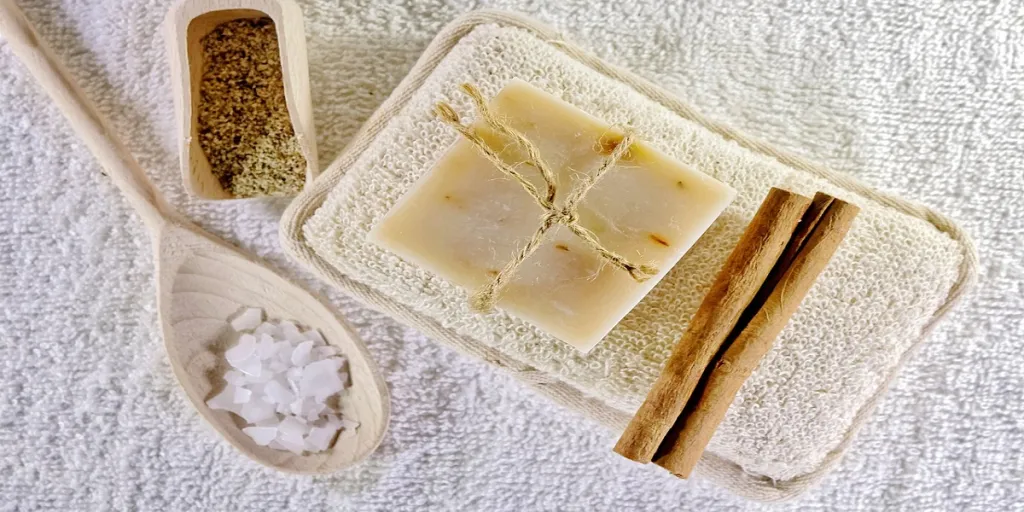Brands have to adopt new business strategies to accommodate changing consumer preferences. Sustainability and ethical sourcing are non-negotiable, and brands must seek alternative sourcing methods and explore biotech ingredients to see success. Skin health will be the top focus for many consumers. Continue reading to learn more about the trends that will influence product innovation.
Table of Contents
Emerging ingredient trends in the personal care market
Eight trends that will shape beauty care in 2025
Ethical sourcing and sustainability will be non-negotiable
Emerging ingredient trends in the personal care market
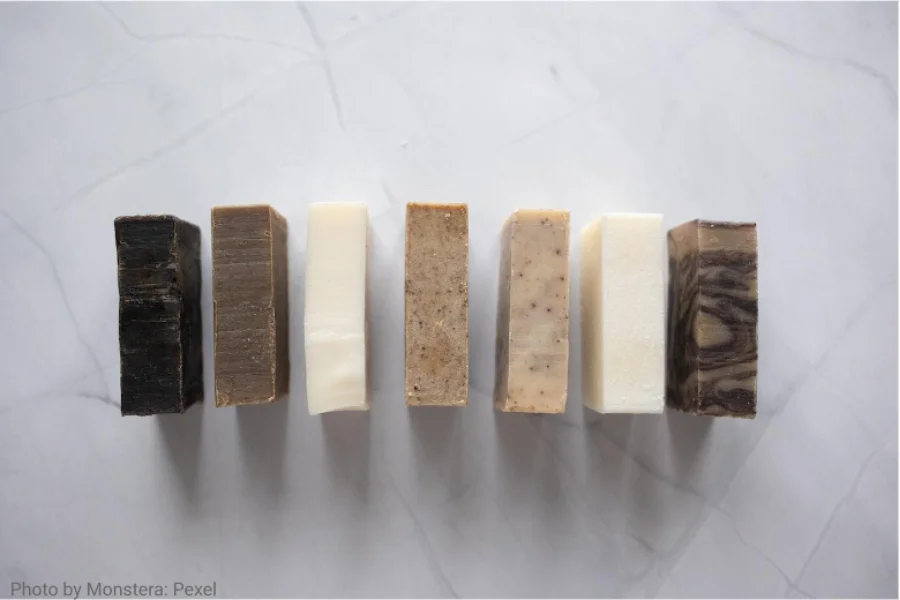
Ingredients will be at the forefront of the consumer’s mind, and scientific evidence will precede the brand name. The demand for natural ingredients will be marked by the need for more environmentally friendly and ethical components.
Furthermore, rising inflation rates and supply chain shortages will impact ingredient supply, forcing brands to look for alternatives such as lab-grown varieties.
Biotechnology will provide novel solutions, and skin health will remain a top priority for many. As a result, science-backed ingredients sourced ethically and sustainably will have a high market potential.
This article discusses the leading ingredients in skincare and glosses over eight trends that will influence product formulations and purchasing decisions in 2025.
Eight trends that will shape beauty care in 2025
Sustainable initiatives: synthetic ingredients

Due to rising ecological concerns and the depletion of the Earth’s natural resources, many ingredients used in cosmetics are currently under strain. Thus, synthetic ingredients that mimic natural elements will serve as an alternative and be at the fore of sustainable skincare.
Many consumers, however, believe that synthetic ingredients are harmful. Brands must improve their narrative and offer products with artificial ingredients that have the same effect on the skin as natural ingredients. They can gain consumer trust by using ingredients that have been clinically proven to maintain the skin microbiome.
Many companies have already jumped on board with this trend. For instance, the US brand Evolved offers cosmetics that have been clinically proven to improve skin texture, fine lines, and redness. Furthermore, Bioscience’s Palmless is a palm oil substitute produced using fermentation biotechnology. It is safe to predict that lab-grown alternatives with claims backed by scientific evidence will thrive.
As ingredient scarcity is a significant concern in manufacturing, brands can safeguard their operations by investing in biotech innovations. Rather than simply substituting natural ingredients, they should consider more environmentally friendly synthetic alternatives.
Indigenous ingredients that celebrate ancient traditions

Indigenous ingredients that honor centuries-old traditions, sourced ethically and sustainably, are highly popular. Look into ingredients commonly used in celebrated beauty practices, such as Ayurveda, African herbalism, and Chinese medicines, amplified by modern science.
Many companies are harnessing green chemistry to maximize the potency of local ingredients and create nourishing skincare. For example, some brands have developed adaptive phytocompound tea technology using the Mauritius tea plant. Similarly, brands are capitalizing on the ancient Ayurvedic oiling ritual by offering products made of traditional, nutrient-rich herb oils to promote hair growth.
Brands can work with regional farming communities and their cooperatives to source the ingredients because ethical sourcing is non-negotiable. They can also honor long-standing traditions by showing respect for the history, the people, and the customs.
Microbiome-friendly ingredients

More consumers will prioritize their health, increasing demand for microbe-friendly skincare. As more companies invest in microbiome technology, new probiotic strains addressing specific skin concerns will emerge.
Brands can capitalize on this trend by using a focused strategy, and they can put it into action by associating these ingredients with specific pathogenic bacteria. For example, a US brand offers shampoo that contains Lactobacillus Ferment Lysate, which can inhibit the growth of bacteria and aid in dandruff removal.
Other companies are developing products that prevent the creation of odor-releasing enzymes within bacteria while not affecting the skin’s natural microbiome. Gallinée, a French brand, sells a serum with a proprietary ingredient intended to weaken acne strains and cleanse the skin.
Perennial plants
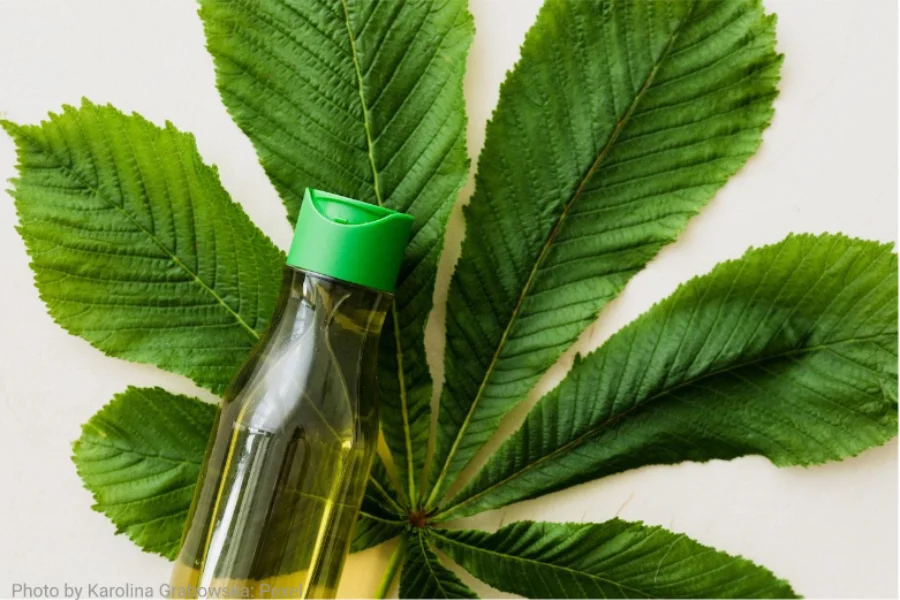
Many businesses need help sourcing ingredients for their products, and this scarcity is likely to persist due to climate change. Perennial plants, however, can withstand changing ecosystems and regenerate without difficulty. Moss and peat, two primeval plants, are emerging as youth-promoting champions, and brands can capitalize on this trend.
Brands are recognizing the benefits of primeval plants and have started incorporating them into their products. For Instance, an Irish brand uses a 3,000-year-old herb known to have 300 times the antioxidant properties of the industry standard in its products.
Some are pushing a moss extract that has been shown to hydrate, calm, and increase skin elasticity. Meanwhile, others use a UV-resistant fern that has been shown to strengthen the skin’s cellular defense system, This fern has been around for millions of years.
To ensure success, companies should refrain from sourcing ingredients from ecologically sensitive areas and disturbing the biosphere. They can take it a step further by investing in lab-grown variants.
Non-invasive skincare
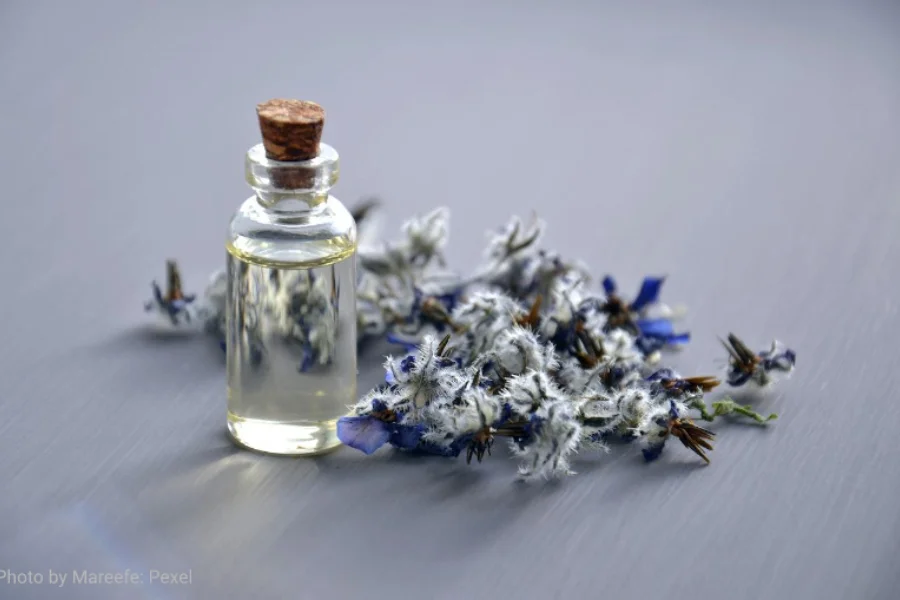
Non-invasive procedures that mimic the effects of botox and plumping will continue to be popular. Alternative techniques that deliver the same outcomes as invasive procedures without the added expense or discomfort will catapult the market.
Consumers will seek products that prioritize skin health, and many will be drawn to plant-based actives. Some brands, for example, use a Sichuan pepper compound that is gentle on the skin and works to reduce wrinkles. Similarly, native Japanese ingredients such as arnica montana flower are widely used to plump breasts, lips, and skin over a few weeks.
Prioritize ingredients backed by clinical studies and developed by trusted chemists to gain consumer trust. Accreditations are necessary to address worries about product safety.
Ingredients found in kitchens
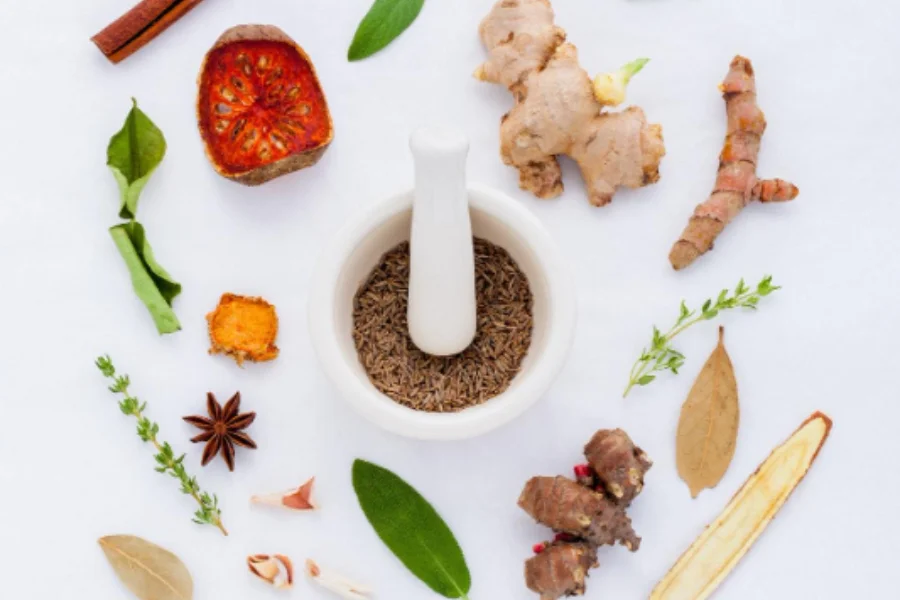
Supply chain issues and climate crises will push brands to explore common household ingredients. More scientific research will be conducted on kitchen staples such as rice and grains, which will be accessible sources of plant-based actives.
Many brands use the extract of sweet potatoes as it is proven to improve skin texture and reduce inflammation. Furthermore, rice is clinically proven to aid cell regeneration and is commonly used in Asian skincare.
While sourcing everyday pantry ingredients, brands must ensure that they are not diverting resources away from the food industry. Instead, they can use byproducts or waste, like vegetables, that supermarkets reject due to their unappealing appearance.
Space-friendly formulations

Although space travel will be limited to the wealthy in the near future, space-proof ingredients that promote skin health and youthfulness will be popular along with other NASA-inspired innovations.
Brands can use the research done in the space to address skin concerns. Clariant offers a line of products that contain active ingredients influenced by NASA research on the impact of harsh environments on skin cells.
Similarly, a British company sells a product developed in collaboration with scientists from a space program. Their product contains an antioxidant that is said to encourage elastin and hyaluronic acid production at its best.
Floral nourishment
As demand for plant-based ingredients rises, more brands will look into flowers, known to be a rich source of active ingredients. Carnations and tulips, for example, are effective in increasing collagen levels. Roses are also said to have microbiome-balancing properties, which help to maintain a healthy balance of bacteria and thus soothe acne-prone skin.
Flowers have long been a favorite ingredient in skincare and cosmetics. Auxin, a plant hormone, is widely used in products because it stimulates collagen production and contains antioxidants. Similarly, carnations are used in the Japanese brand’s serums to boost type III collagen, which promotes skin endurance and elasticity.
Cutting flowers, however, has a significant negative impact on the environment. Brands should be mindful and source waste from the flower industry as a substitute. Finding by-products will not be a problem because 15% of the flowers that reach US supermarkets are considered too damaged to be sold.
Ethical sourcing and sustainability will be non-negotiable
Invest in brands that value lab-grown ingredients and are devoted to environmental safety and protection. Clinical studies should validate any claims made by brands to reduce customer doubt.
When using natural ingredients, brands must ensure that these are sourced ethically and without endangering the environment. It is best to choose ingredients that are easy to grow.
Exploring common household ingredients is a good idea because they are high in antioxidants. Brands must, however, ensure that the ingredients are not taken from the food industry, resulting in shortages.
